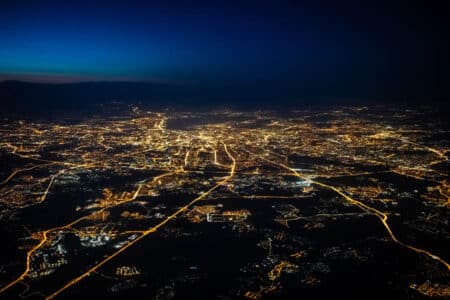So you want to become a pilot? Here are the options you need to know about.
EASA and National Licences
The standardisation of pilot licensing rules is occurring across the member states of the European Aviation Safety Agency (EASA), which includes the UK. This transformation includes the introduction of new pilot licences by the EASA that are supplanting those formerly issued by European national authorities.
These licences are referred to as EASA licences or Part-FCL licences, with Part-FCL being the central European legislative instrument introducing these modifications.
Often, to pilot aircraft falling under EASA regulations, an EASA licence is a prerequisite. Yet, national aviation authorities, like the CAA, continue to issue licences following country-specific rules for certain types of aircraft, such as vintage, homemade, or experimental ones. These are referred to as national licences or non-EASA licences.
The specific licence you require depends on the aircraft type you intend to operate. Aircraft are categorised as EASA and non-EASA, dependent on their regulatory classification. In the UK, an appropriate EASA licence permits the operation of any aircraft. However, specific aircraft can be operated with a national licence instead of an EASA licence. Non-EASA aircraft needing a type rating necessitate a UK national licence, as non-EASA type ratings cannot be appended to EASA licences.

Professional and General Aviation Licences
Licences are classified into professional and general aviation types. A professional licence allows for commercial operations and remunerated flying, including airline flights. In contrast, general aviation licences are restricted to recreational flying, and compensation for such flying is generally not permissible, barring some flight instructor roles.
Within the EASA framework, general aviation licences include the light aircraft pilot licence (LAPL), private pilot licence (PPL), sailplane pilot licence (SPL), and balloon pilot licence (BPL). The professional licences encompass the commercial pilot licence (CPL) and airline pilot licence (ATPL).
Aircraft Category
Each licence type comes with various aircraft categories. The aircraft categories are:
- Aeroplanes
- Helicopters
- Airships
- Sailplanes
- Balloons
- Gyroplanes
For instance, the LAPL (A) pertains to aeroplane piloting, the LAPL (H) to helicopter piloting, the LAPL (As) to airships, the LAPL (S) to sailplanes, and the LAPL (B) to balloons.
ICAO and non-ICAO Licences
Licences are also classified based on their conformity with international standards of the International Civil Aviation Organisation (ICAO). Licences compliant with these standards are termed ICAO licences, whereas non-compliant ones are referred to as non-ICAO licences. Non-ICAO licences lack full international recognition and are thus only valid within certain states or Europe; for example, the LAPL is only valid in Europe.
Regulatory Framework for EASA Licences
The Basic Regulation delineates the scope of aerial activities and aircraft types governed by EASA legislation. The Aircrew Regulation outlines the specific requirements for applying for EASA pilot licences. It contains the EASA flight crew licensing regulations and Part FCL, an annexe to the Aircrew Regulation.
Licence Ratings
A rating is an additional official endorsement appended to a licence. Ratings can provide extra privileges or capabilities that are otherwise inaccessible without them, such as night flying or piloting a different class of aircraft.





